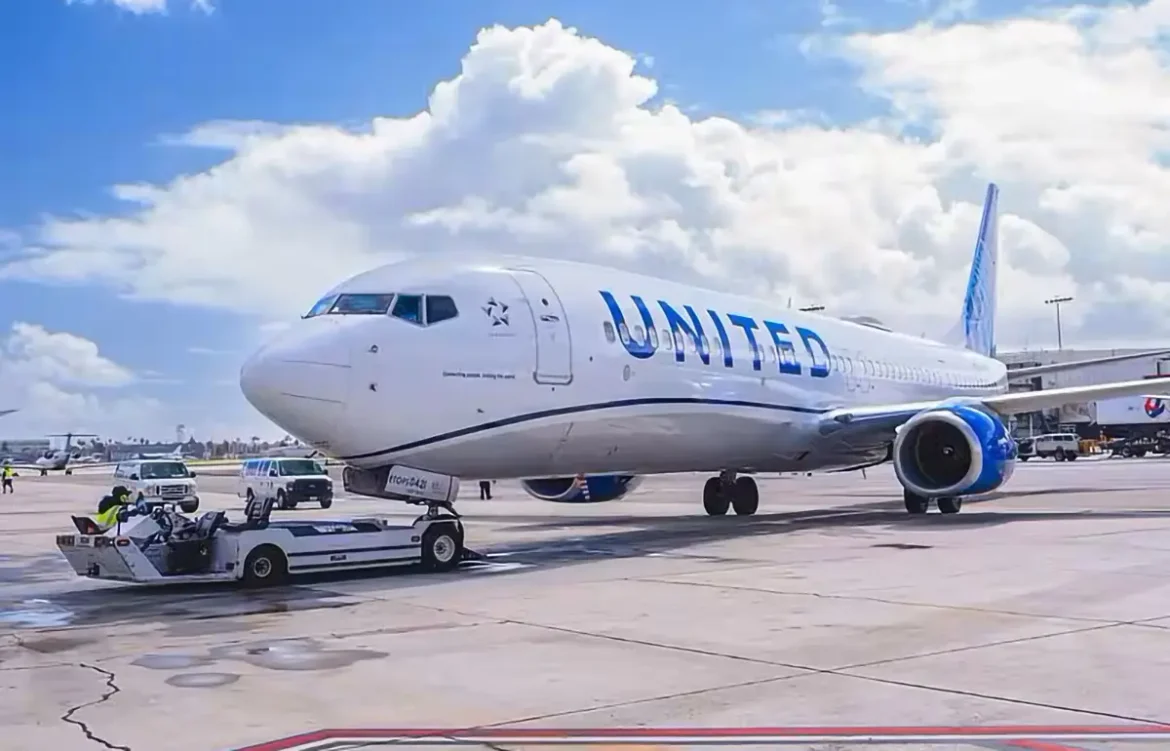Advertiser & Editorial Disclosure: The Bulkhead Seat earns an affiliate commission for anyone approved through the links below. This compensation may impact how and where links appear on this site. We work to provide the best publicly available offers to our readers. We frequently update them, but this site does not include all available offers. Opinions, reviews, analyses & recommendations are the author’s alone, and have not been reviewed, endorsed, or approved by any of these entities.
The Federal Aviation Administration (FAA) has lifted all limitations on commercial flights that were imposed at 40 of the nation’s busiest airports during the historic 43-day government shutdown. As of this morning, airlines are allowed to resume operating their full schedules. This marked the end of 10 days of mandatory reductions that led to thousands of cancellations across the country.
The FAA instituted the unprecedented flight-cut order on November 7th as staffing shortages at air traffic control facilities escalated. Controllers were required to work without pay throughout the shutdown and absences climbed as the impasse stretched into a second month. To maintain safety, the agency initially capped flights by 4%. This later increased to 6% and preparations had been made for a possible 10% cut. Instead, steady improvements in controller attendance after the government reopened allowed the FAA to roll restrictions back to 3% on Friday and now eliminate them entirely.

Flight cancellations reached their peak on November 9th. Airlines cut more than 2,900 departures due to the FAA’s order, ongoing staffing issues, and severe weather in parts of the country. But conditions improved day by day as controllers returned to work and lawmakers signaled that a deal to end the shutdown was near.
Transportation Secretary Sean Duffy previously said the reductions were necessary to relieve pressure on the national airspace system and cited reports during the shutdown of aircraft flying too close together, a rise in runway incursions, and concerns raised by pilots about controller response times. He has not released the underlying safety data.
Airlines have expressed optimism that operations will normalize quickly. This is a crucial development with Thanksgiving travel beginning in just days. More than six million people are expected to fly over the holiday period, which is up 2% from last year. The FAA said it will review reports that some airlines may not have fully complied with the earlier restrictions, but has not yet shared details.
Anthony’s Take: With the limits lifted, carriers are free to restore capacity at major hubs. After weeks of uncertainty and unprecedented disruptions, the aviation system is now poised to stabilize just as the busiest travel week of the year approaches. This is great news as the airports would have become nightmares if a 10% cut happened during Thanksgiving.
(Image Credits: United Airlines and American Airlines.)
User Generated Content Disclosure: The Bulkhead Seat encourages constructive discussions, comments, and questions. Responses are not provided by or commissioned by any bank advertisers. These responses have not been reviewed, approved, or endorsed by the bank advertiser. It is not the responsibility of the bank advertiser to respond to comments.
Advertiser & Editorial Disclosure: The Bulkhead Seat earns an affiliate commission for anyone approved through the links above This compensation may impact how and where links appear on this site. We work to provide the best publicly available offers to our readers. We frequently update them, but this site does not include all available offers. Opinions, reviews, analyses & recommendations are the author’s alone, and have not been reviewed, endorsed, or approved by any of these entities.
